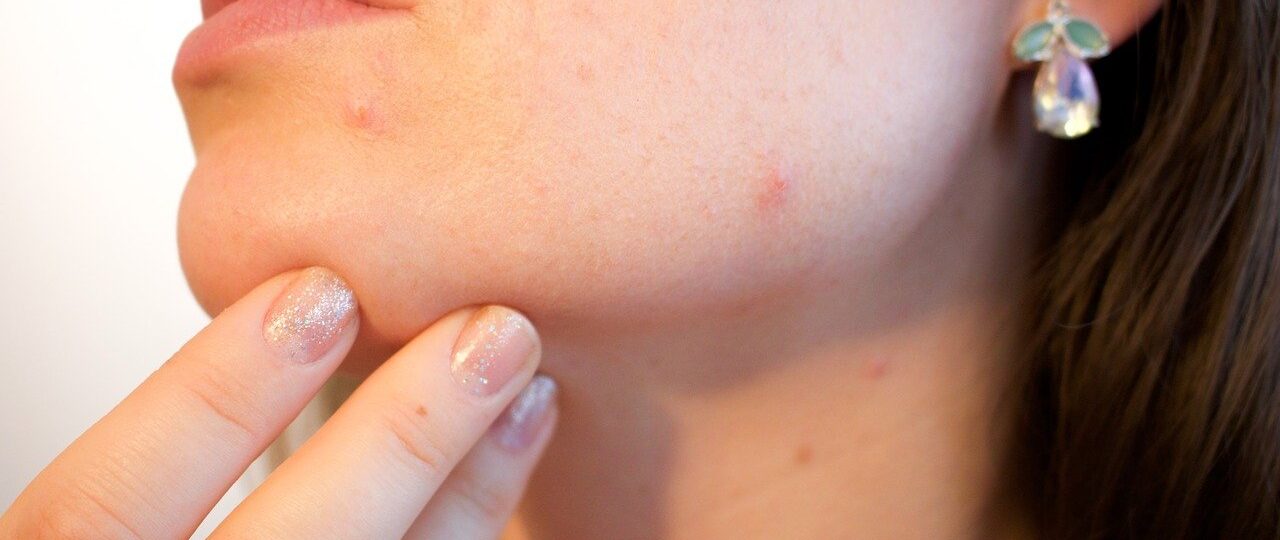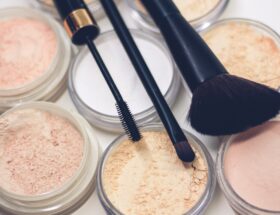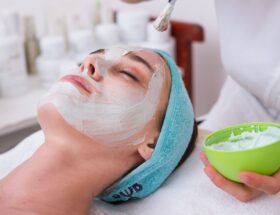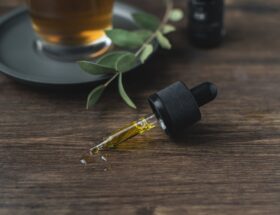We all want to look our best, but sometimes the treatments we choose can have hidden dangers. Chemical peels are a popular way to improve skin texture and rejuvenate your complexion, but they come with risks that you should know before deciding on a procedure. Chemical peels are a standard and popular technique for treating acne, aging skin, and treating the burn scars. This article will talk about what chemical peels are, how they work, and the potential side effects associated with them so you can decide if this is right for you.
What are Chemical Peels?
Chemical peels use a chemical solution to improve the appearance of your skin by treating problems like acne, aging skin, and burn scars. The procedure is also called chemabrasion or dermabrasion. There are several chemical peel procedures, but all operate on the same principle: applying acid to the top layer of dead cells that make up your outermost layer of skin (the epidermis). This causes them to slough off so new layers can grow in their place. The depth at which this process occurs will determine what sort of results you see after treatment.
Acidic solutions for these treatments include glycolic acid (AHA), trichloroacetic acid (TCA), and phenol. AHA is used for treating acne, aging skin, and mild wrinkles. TCA may be used to treat deep wrinkles and hyperpigmentation issues such as sun spots or age spots on the face or hands that have not responded to other treatments. Phenol peels are only considered in cases of severe wrinkling with scarring after plastic surgery procedures.
How do Chemical Peels Work?
Chemical peeling works by applying a chemical solution onto the surface of your skin so it can penetrate deeper layers where it causes new cell growth through exfoliation. The outer layer sloughs off over time, revealing more individual cells below and bringing fresh blood supply to older cells that have become dormant, allowing them to function correctly again. This increased blood flow also brings nutrients and oxygen into the deeper layers of your skin while helping remove toxins that contribute to a dull complexion.
What are the Different Types of Chemical Peels?
The mildest type of chemical peeling solution is glycolic acid (AHA). It works by treating aging or sun-damaged skin and acne without causing significant side effects or problems with healing afterward. AHA can be used on most parts of your body except for places where you have open wounds, such as cuts. It should also not be applied to surgical scars treated for hyperpigmentation issues caused by scarring after plastic surgery procedures or while undergoing cosmetic tattooing. You may also not want to use glycolic acid treatments if you have a history of cold sores since they can cause an outbreak in this case.
Trichloroacetic Acid (TCA) is the mildest chemical peeling solution that penetrates more deep layers. It causes exfoliation and new cell growth, leading to improved texture and tone and treating age-related skin concerns such as wrinkles on the face, neck, hands, arms, chest area. This strength of TCA will allow for treating sun damage without causing significant scarring or other side effects except for some redness which should resolve within 24 hours after treatment followed by a to your standard complexion color.
Phenol Peels are stronger than trichloroacetic acid (TCA). Still, they can be used in cases with severe wrinkling, including burn scars, once all healing has been completed from plastic surgery procedures such as a facelift or browlift. Phenol effectively treats age-related skin problems, including wrinkles, scars from burn injuries, and other types of scarring that can occur after plastic surgery procedures like laser resurfacing, facelifts, and eyelid surgeries.
Side Effects of Chemical Peeling Treatments
The most common side effects of chemical peeling treatments include: -redness around the treated area immediately following treatment which should resolve within 24 hours.
-mild swelling occurring in some cases lasting up to five days
-dry, flaky patches on your skin’s surface appearing three to seven days post-procedure when new cell growth beneath has begun taking place
-hyperpigmentation if you are exposed to sunlight before these areas have completely healed (which may take several weeks);
-scarring that may occur on your skin’s surface if you pick at any flaking or peeling areas
-itching during the recovery period should resolve within several hours after treatment.
How to reduce effects of Chemabrasions
Discoloration of your skin, scarring, and other side effects can be minimized by using a high-quality sunscreen with an SPF rating of at least 30 every day to protect your new cells from sun exposure.
You should also avoid treating areas where you have open wounds, such as cuts or scrapes since the chemical solution used during peeling procedures can cause these types of injuries to become infected with bacteria if they’re not entirely healed before treatment.
Phenol Peels: Your Skin May Turn Black! You’ve probably heard that phenol peels turn people’s faces black – well, it is true – but only for a while. Phenol works deep within the tissues of your skin, penetrating collagen bundles responsible for creating healthy turgor (firmness) in your skin. These collagen bundles are made up of elastin protein fibers that give your face structure and firmness. When phenol is applied to the surface of your skin, it works its way into these collagen bundles destroying their structural integrity. This causes the collagen bundles to collapse upon themselves, thus turning black for about two weeks or so before sloughing off as new cells start growing from below the area being treated, leaving you with a smoother, fresher appearance on the surface of your skin.
What should I expect after treatment?
You may experience redness Immediately after treatment while treating sun-damaged areas followed by slight swelling for up to five days. This is normal and should subside within a day or two of treatment as your skin begins repairing itself from beneath the surface of your epidermis (outer layer of skin). You can minimize any post-treatment discomfort by taking an over-the-counter pain medication such as acetaminophen one hour before each peel session.
After phenol peeling treatments, patients sometimes complain that their face feels tight like it has been stretched too far. This subsides shortly after, along with mild itching, typically during the recovery phase when new cells grow beneath the treated area. The flaking or peeling of the skin that you may notice several days after treatment should be ignored. Picking at these areas before they are ready to come off can cause scarring on your face’s surface, which takes much longer to heal than it would if you left them alone until the time was right for sloughing.
What are some things to consider before treating your face with chemical peels?
If you have a history of cold sores, it is not recommended since these treatments can cause a breakout in this case. TCA and phenol will also do more harm than good if open wounds, surgical scars are treated for hyperpigmentation issues caused by scarring after plastic surgery procedures or undergoing cosmetic tattooing.










